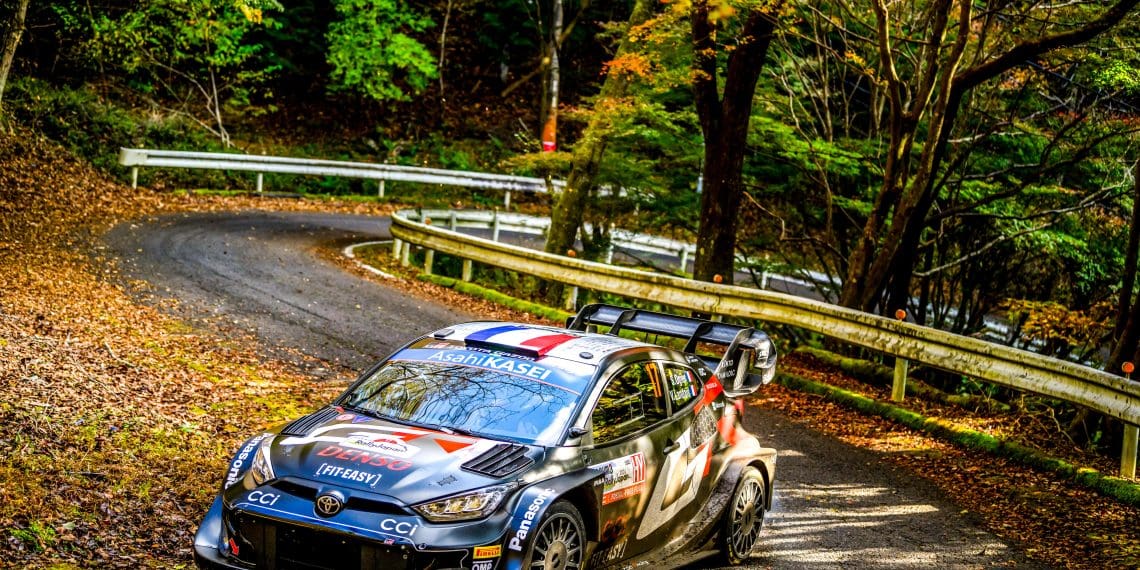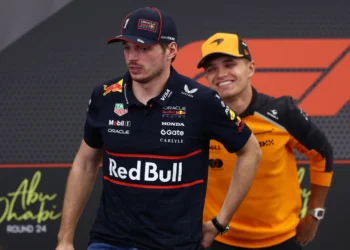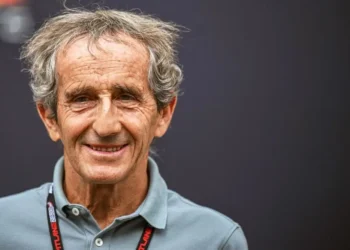The FIA World Motor Sport Council has approved a groundbreaking set of regulations for the World Rally Championship (WRC), set to debut in 2027. The “WRC Future Technical 2027+” proposal promises to revolutionize the sport by introducing cost-effective, sustainable, and competitive measures designed to secure rallying’s future at the elite level.
“Cost-Effective Cars with Spaceframe Design”
Under the new rules, Rally1 cars will be replaced by spaceframe-based vehicles, utilizing Rally2-level components such as engines, transmissions, and brakes. A €345,000 cost cap ($362,000) per car marks a dramatic reduction—more than 50% compared to current Rally1 costs.
Key specifications include:
- Rally2 Engine Rules: Base engines can be sourced from any manufacturer.
- Transmission and Suspension: Rally2 transmissions and double-wishbone suspension systems to minimize cost and complexity.
- Weight: Target weight remains at 1230kg, consistent with Rally2 standards.
- Durable Bodywork: Simplified designs, including steel wheel arch liners to withstand punctures, will improve longevity and cost efficiency.
The regulations allow manufacturers complete freedom in choosing car body shapes, retaining the silhouette philosophy that supports SUVs, B-segment, and C-segment models like M-Sport’s Ford Puma.
“A Decade of Flexibility and Sustainability”
The next homologation cycle will run for 10 years, doubling the traditional span. While internal combustion engines using sustainable fuels will initially be mandatory, manufacturers will have the option to incorporate hybrid or fully electric powertrains during the homologation period.
FIA President Mohammed Ben Sulayem emphasized the forward-thinking nature of these regulations:
“By remaining open to all powertrain options while holding environmental sustainability at its core, the WRC will continue to be a trailblazer for technology.”
“Broadening Participation with Lower Costs”
The FIA and WRC stakeholders aim to encourage broader participation with measures that reduce both car production and operational expenses. These include:
- Personnel Limits: Streamlining team sizes for cost efficiency.
- Logistics Savings: Encouraging the use of local facilities and reducing transport expenses.
- Enhanced Offsite Engineering: Increasing data connectivity to optimize remote operations.
FIA Senior Director of Sport Peter Thul highlighted these efforts:
“The regulations approved today are critical to the long-term growth of the WRC. They lay the foundations for an exciting future with a focus on cost containment, sustainability, and growing participation.”
“Mixed Reactions from Stakeholders”
The proposal has drawn mixed responses from WRC team leaders and drivers:
- Cyril Abiteboul (Hyundai): Praised the cost-cutting measures as essential for stabilizing the sport, especially with Hyundai’s WRC future uncertain.
- Jari-Matti Latvala (Toyota): Supported the principle of cost control but raised concerns that the €345,000 cap might be too restrictive.
- Malcolm Wilson (M-Sport): Welcomed the regulations for opening opportunities for young drivers and new teams.
- Thierry Neuville (2023 World Champion): Voiced concerns about competitive disparities between privateers and factory drivers, particularly when starting positions offer significant road advantages.
“Crossover Potential with Rallycross”
The FIA also envisions a potential crossover of WRC 2027 cars into the World Rallycross Championship, allowing manufacturers to maximize their investments while broadening the sport’s appeal.
“A New Era for Rallying”
The WRC 2027 regulations promise to redefine the championship by addressing long-standing challenges related to cost, accessibility, and environmental impact. With a focus on sustainable innovation and competitive fairness, the FIA aims to secure the sport’s relevance in a rapidly changing motorsport landscape.










